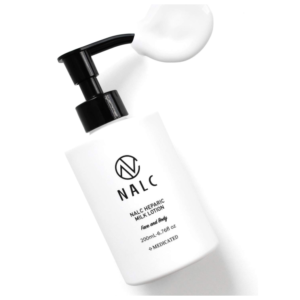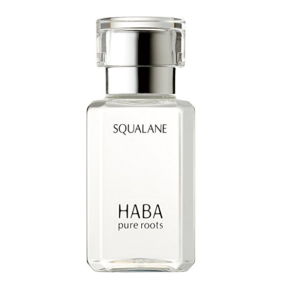目次
For certain types of manufacturers, process costing is the most practical and efficient accounting method for determining product costs. It can be difficult to accurately assign costs to work in progress, for example. Instead, the cost of goods manufactured (COGM) is produced using process costing.
Process costing systems require the use of work-in-process inventory accounts for each process. Thus Hershey would track production costs using separate work-in-process inventory accounts for each https://turbo-tax.org/how-to-file-your-federal-taxes/ stage of production. Usually, accountants assign all raw materials, gather all labor and overhead costs, and then record the sum of all these costs as an asset entry in the balance sheet.
Learn How NetSuite Can Streamline Your Business
The cost of a manufacturer’s work-in-process inventory are to be disclosed in the company’s financial statements. In a perpetual inventory system, when the goods in WIP are completed, their cost will be moved from the WIP account into the Finished Goods Inventory account. Understanding WIP inventory can help you better understand supply chain management, so you can find ways to optimize your supply chain to drive more revenue. To help you better understand how to determine the current WIP inventory in production, here are some examples.
The warehouse management system market size is expected to grow from US$ 14,517.07 million in 2022 to US$ 51,360.23 million by 2030; it is estimated to register a CAGR of 17.3% from 2023 to 2030 – Yahoo Finance
The warehouse management system market size is expected to grow from US$ 14,517.07 million in 2022 to US$ 51,360.23 million by 2030; it is estimated to register a CAGR of 17.3% from 2023 to 2030.
Posted: Fri, 24 Mar 2023 07:00:00 GMT [source]
A complete production cost report for the shaping department is illustrated in Figure 5.6. These costs are then used to calculate the equivalent units and total production costs in a four-step process. For accounting purposes, process costing differs from job costing, which is a method used when each customer’s job is different.
What is the difference between ‘work in process’ and ‘work in progress inventory?’
The following information is for the Mixing department for the month of March. Summarize the costs to be accounted for (separated into direct materials, direct labor, and overhead). Let us use the same example as in the article on process costing under weighted average method.
- Managing inventory is a significant part of growing a successful online store.
- Process costing systems require the use of work-in-process inventory accounts for each process.
- By working closely with your supplier and other partners in your retail supply chain, like a 3PL company, you can find ways to optimize the supply chain.
The process cost system must calculate the equivalent units of production for units completed (with respect to materials and conversion) and for ending work in process with respect to materials and conversion. The cost per equivalent unit is calculated for direct materials,
direct labor, and overhead. Simply divide total costs to be
accounted for by total equivalent units accounted for. It is
important to note that the information shown in Figure 4.6 allows
managers to carefully assess the unit cost information in the
Assembly department for direct materials, direct labor, and
overhead. In addition to the equivalent units, it is necessary to track the units completed as well as the units remaining in ending inventory. A similar process is used to account for the costs completed and transferred.
Using the Process Costing Method
For this reason, it’s considered best practice to hold as little WIP inventory as possible. What’s more, calculating WIP inventory gives you a clear picture of the health of your supply chain so you can better optimize supply chain planning. Generally speaking, best practice is to carry as little WIP Inventory as possible.
In supply-chain management, work-in-progress (WIP) refers to goods that are partially completed. This covers everything from the overhead costs to the raw materials that come together to form the end product at a given stage in the production cycle. In accounting, WIP is considered a current asset and is categorized as a type of inventory. Accountants use several methods to determine the number of partially completed units in WIP. In most cases, accountants consider the percentage of total raw material, labor, and overhead costs that have been incurred to determine the number of partially completed units in WIP. The cost of raw materials is the first cost incurred in this process because materials are required before any labor costs can be incurred.
















